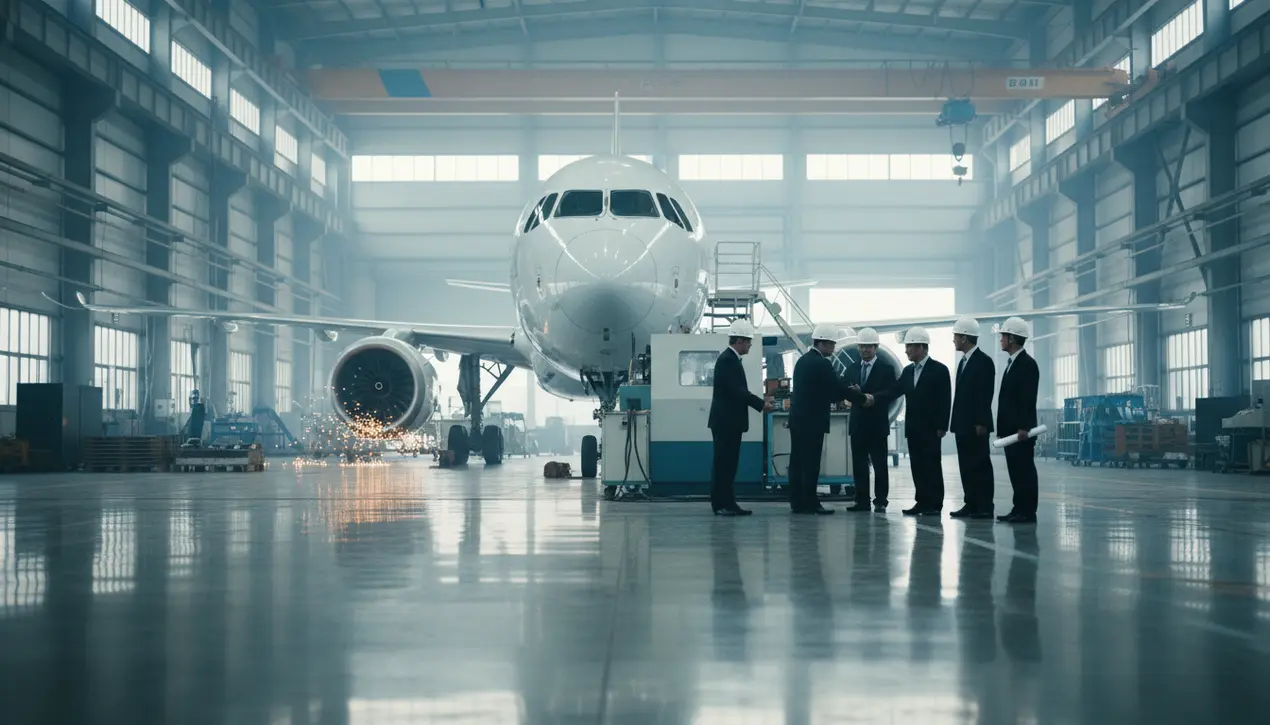
Othertransport & aviationAirlines and Airports
China's C919 aircraft maker gets state funding boost.
OL
Oliver Scott
11 hours ago7 min read
In a strategic maneuver with profound implications for global aerospace dynamics, China's COMAC has secured a substantial state-funded capital injection, dramatically expanding its registered capital at a critical juncture. This financial reinforcement represents more than mere corporate welfare; it's a calculated geopolitical gambit aimed at dismantling the entrenched Boeing-Airbus duopoly that has dominated civil aviation for decades.The timing is strategically impeccable, arriving as both Western giants grapple with a debilitating supply chain crunch that has severely hampered production turnaround rates, creating a rare vulnerability in their market dominance. COMAC's C919, China's indigenously developed narrow-body airliner, now stands at a pivotal inflection point.While already certified for domestic operation and boasting over 1,000 orders primarily from Chinese airlines, the program has faced significant production bottlenecks that have prevented it from achieving the manufacturing scale necessary to become a genuine global competitor. This state-backed financial infusion is specifically engineered to overcome these industrial constraints, accelerating production line expansion and potentially enabling COMAC to capture market share precisely when Boeing and Airbus are struggling to meet delivery deadlines.The broader context reveals a long-term industrial policy playbook that Beijing has executed with remarkable consistency across multiple high-tech sectors, from semiconductors to electric vehicles. Aerospace represents the ultimate prize—a trillion-dollar global industry where technological sovereignty translates directly into geopolitical influence.China's aviation ambitions date back decades, but gained serious momentum with the 2008 launch of the C919 program, conceived as a direct competitor to the Airbus A320neo and Boeing 737 MAX families. The current financial boost suggests Beijing is doubling down on its aviation independence strategy, particularly as geopolitical tensions with Western nations complicate access to certain aviation technologies.Industry analysts note that while COMAC still relies on international suppliers for critical systems like engines and avionics, each successive C919 iteration incorporates more domestic content, reflecting a deliberate import substitution strategy. The immediate consequence of this funding injection will likely be accelerated production targets, with COMAC potentially aiming to increase annual output from single digits to dozens of aircraft within the coming years.However, significant hurdles remain, particularly regarding international certification beyond China's borders. The European Union Aviation Safety Agency (EASA) and FAA certification processes present formidable barriers, though COMAC has been actively engaging with both agencies for years.Market penetration in North America and Europe may prove challenging given political headwinds, but COMAC could find receptive markets in Asia, Africa, and Latin America where China's diplomatic and economic influence provides competitive advantages. The long-term risk scenario for Boeing and Airbus isn't immediate market share erosion in their home territories, but rather the gradual creation of a parallel aviation ecosystem centered on Chinese technology and standards—a development that would fundamentally reshape global aerospace competition. This financial commitment signals Beijing's unwavering determination to see this through, regardless of the billions required or the years needed to achieve true parity.
#C919
#COMAC
#aircraft manufacturing
#supply chain
#capital injection
#aviation duopoly
#featured
Stay Informed. Act Smarter.
Get weekly highlights, major headlines, and expert insights — then put your knowledge to work in our live prediction markets.
Comments
Loading comments...
© 2025 Outpoll Service LTD. All rights reserved.